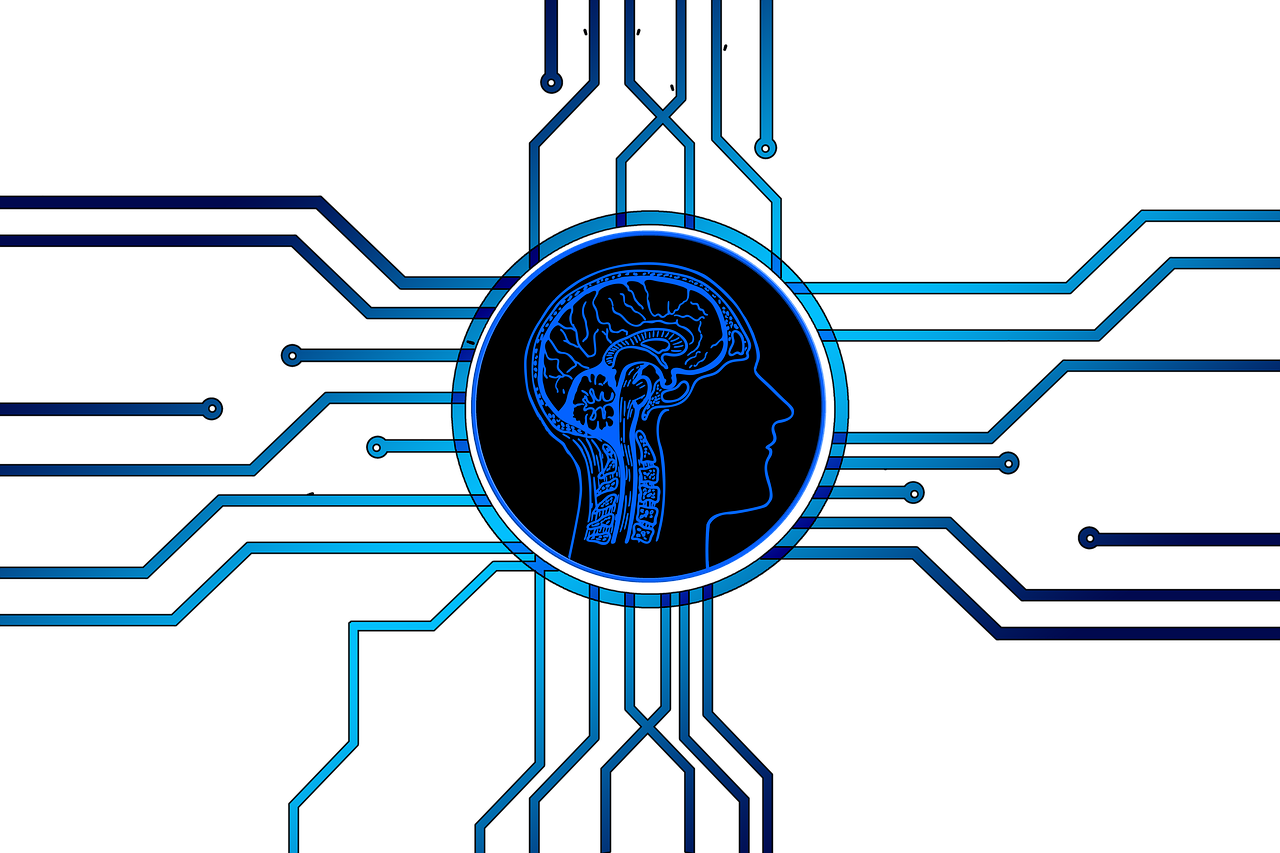
Technology is a natural fit for anyone with a disability, but children who live with cerebral palsy, tech devices can make a world of difference. From tablets used for education and communication to electric wheelchairs that improve mobility and cochlear implants to restore hearing, assistive technology is a huge part of helping children become more independent, social, and happy.
Cerebral Palsy and the Benefits of Assistive Technology
Cerebral palsy is a neurological disorder that results from brain damage and that causes impairment in muscles and mobility as well as many other complications. It often occurs after some type of medical negligence during pregnancy or labor and delivery that deprives the baby or oxygen or physically damages the head and brain. While parents may win a settlement to help care for a child with cerebral palsy, care is usually a lifelong need.
Every child with this condition is different and has a unique range of abilities and disabilities. Treatment may include surgery, physical therapy, and medications, but ongoing care often requires or is enhanced by the use of assistive tech devices. Some of the many benefits of using technology for these children include better performance at school, easier communication, increased inclusion with peers, greater independence, improved self-confidence, and overall greater quality of life.
Assistive Tech for Mobility
Most children with cerebral palsy have some degree of difficulty walking, from walking with a limp to being unable to walk at all. For those with the most severe disability, an electric wheelchair can restore mobility. These devices are important because some children have trouble moving their arms as well as their legs. There are also motorized devices that help a child go from sitting to standing, providing assistance getting out of a chair or bed.
Another type of technology that may improve mobility is new and still being tested but could prove to be a tool that greatly helps children walk. Called functional electrical stimulation, it uses a device to deliver electrical impulses to specifically-targeted muscles. This stimulates the nerves and causes the muscles to contract. It acts as training for muscles, and when used over time could help improve gait and the ability to walk more easily and less painfully.
Communication Technologies
Communication is another common issue that children with this condition face. The muscles of the throat may be affected, making speaking a challenge. There are tablets designed specifically for children with communication difficulties, but also apps that can be used on any tablet. These provide a child with letters, words, and pictures they can select to communicate either by showing the screen to someone or with a speech-generating device.
For some children, using a touchscreen or keyboard is not possible because of issues with moving the arms or fingers. They can benefit from eye-tracking technology. These are devices that track where the eye is looking so that all a child needs to do is look at the word or image on the screen and it will be selected.
Devices for Hearing Loss
While cerebral palsy largely affects muscles and how they function, there are many potential complications and associated conditions that a child may have. A common complication is hearing loss, which can vary from minor to complete deafness. A hearing aid is a device that can improve hearing and therefore communication for a child.
A child with hearing loss or who is deaf may also benefit from a cochlear implant. This high-tech device includes two parts: one that is implanted under the skin in the ear and the other that sits behind the ear. A cochlear implant bypasses the parts of the ear that don’t function and stimulates the auditory nerve so that the wearer can hear sounds. Having an implant inserted requires surgery and comes with some risks, so it is only recommended for children with several disabilities who could truly benefit from having one of those disabilities corrected.
Technology and assistive devices make a big impact on children struggling to be independent, to learn in school, and to be involved with peers. They help them move more easily and access more places, communicate what they are feeling or what they need and provide ways to be more independent, an important factor in enjoying a good quality of life. As technology improves, even more, these children will get even more benefits.




